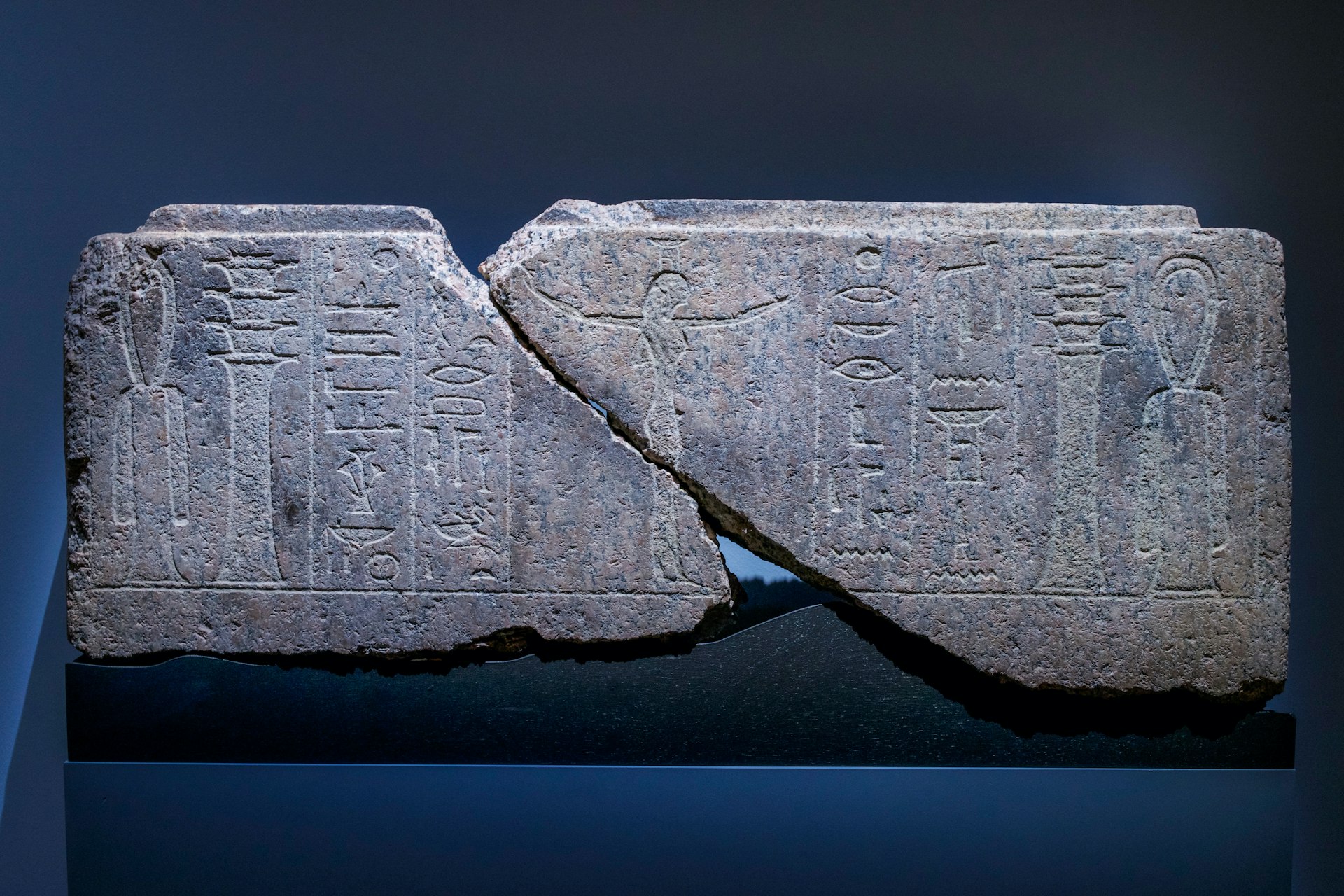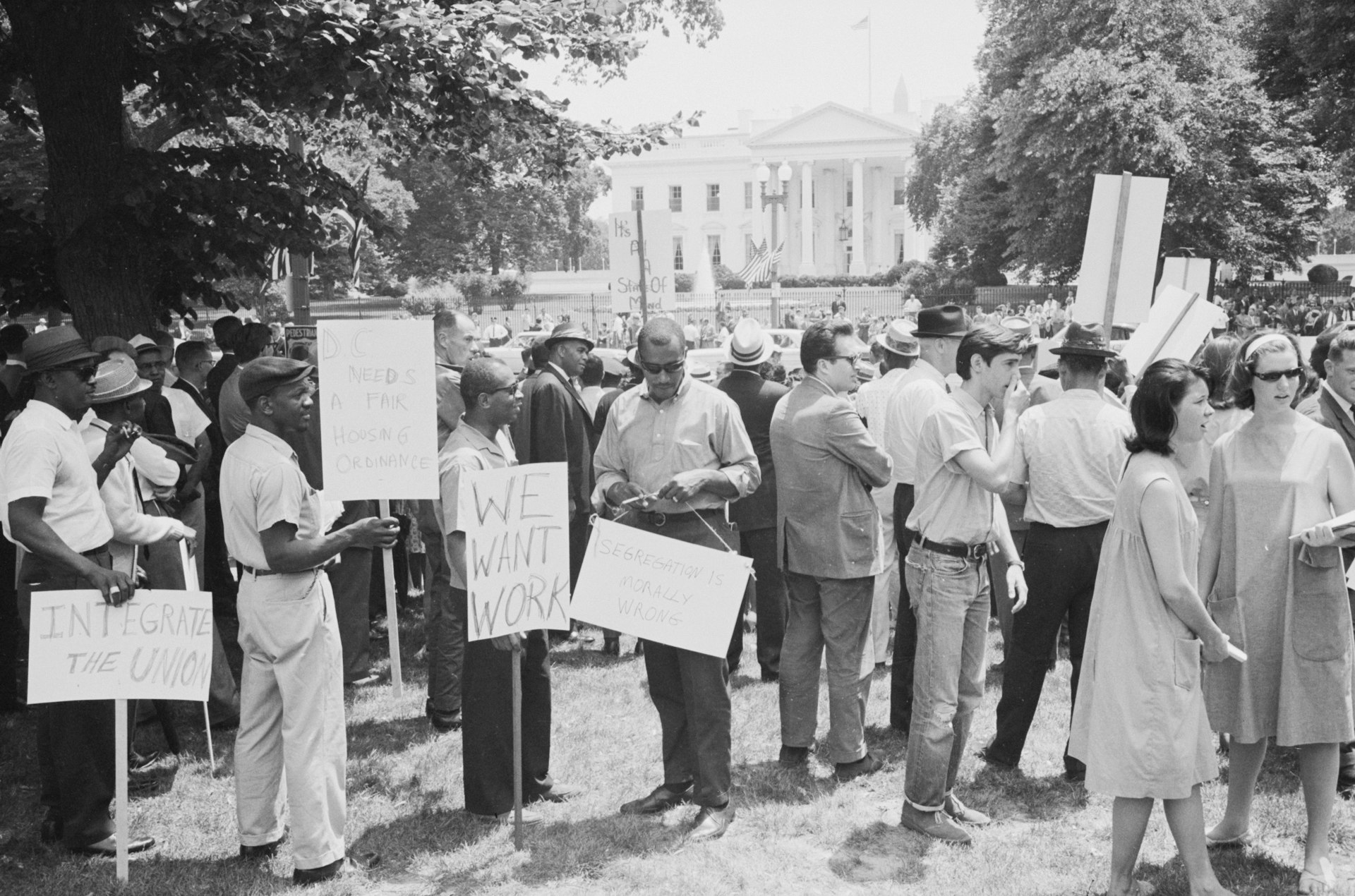Global Style Frontiers: A Guide to the World’s Emerging Fashion Capitals

Photo by Alex Meza on Unsplash
Introduction: The Rise of New Fashion Capitals
For decades, Paris, Milan, London, and New York have stood as the cornerstones of high fashion. Yet in recent years, a vibrant new wave of cities has emerged, challenging tradition and infusing the industry with fresh ideas, cultural narratives, and innovative approaches to design. These emerging fashion capitals blend local heritage with global trends, and present new opportunities for designers, buyers, and consumers seeking inspiration and business growth.
Seoul: Tradition Meets Innovation
South Korea’s capital, Seoul , has rapidly gained international recognition by merging its rich cultural legacy with avant-garde design. The city’s street style is bold and experimental, propelled by the influence of K-pop and Korean media. Seoul Fashion Week is now a pivotal event on the global fashion calendar, attracting buyers and media from around the world. Neighborhoods like Hongdae foster indie designers and cutting-edge streetwear, while established names such as Lie Sang Bong and Juun.J exemplify Seoul’s dynamic creative energy [1] .
How to Engage: International buyers and emerging designers should monitor Seoul Fashion Week’s schedule (search for “Seoul Fashion Week official site”) and consider participating in local pop-ups or collaborations. For direct engagement, follow Korean designer brands on social media and reach out for partnership inquiries.
Challenges & Solutions: Navigating the language barrier and understanding Korean consumer trends can be obstacles. Consider working with local fashion consultants or agencies that specialize in cross-cultural branding.
Lagos: Africa’s Fashion Powerhouse
Lagos has earned the reputation as the “New York of Africa,” thanks to its fearless designs, vibrant prints, and blend of traditional and modern aesthetics. Lagos Fashion Week showcases pan-African talent, sustainable practices, and bold storytelling through fashion. Designers like Lisa Folawiyo and Orange Culture are reimagining African prints for a global audience, making Lagos a magnet for international buyers [1] [3] .
How to Engage: To connect with Lagos’s scene, track the official Lagos Fashion Week dates (late October/early November) and research participating designers through reputable fashion news outlets. Consider contacting local fashion PR firms or industry associations for introductions and event access.
Alternative Pathways: If direct travel is not feasible, many Lagos-based brands operate robust e-commerce platforms or partner with international retailers. Search for “Lagos Fashion Week designers” for up-to-date lists and outreach options.

Photo by Itadaki on Unsplash
São Paulo: Sustainability and South American Flair
Brazil’s largest city, São Paulo , hosts one of the world’s biggest fashion weeks and serves as a hub for sustainability and tropical elegance. Leading figures like Francisco Costa and Carlos Miele blend modern sophistication with eco-friendly materials and production methods. The city’s emphasis on ethical fashion practices is gaining global attention, with local designers pioneering innovative, green solutions for the industry [1] .
How to Access Opportunities: International buyers and emerging designers can search for “São Paulo Fashion Week official” to find current event information and submission guidelines. Networking with Brazilian fashion associations is key to understanding local market trends and partnership possibilities.
Potential Challenges: Language and logistical differences may arise. Many organizations offer bilingual support and digital event platforms to facilitate overseas engagement.
Dubai and Riyadh: The Middle East’s Luxury Boom
Dubai and Riyadh are rapidly ascending as luxury fashion capitals, driven by a youthful population and substantial investment in retail infrastructure. According to the Boston Consulting Group, the Middle East’s personal luxury market was valued at €15 billion in 2023 and is projected to double by 2030 [2] . Landmark initiatives such as Saudi Arabia’s Vision 2030 and Dubai’s global retail expansion have made these cities attractive for brands seeking new growth avenues.
How to Participate: Brands interested in the Gulf region should research major fashion events like Arab Fashion Week and Dubai Fashion Week (search for “Dubai Fashion Week official site”). Local chambers of commerce and international business councils often provide guidance on market entry and partnership opportunities.
Alternatives: If you are unable to attend events physically, consider digital showrooms and virtual trade missions, which are increasingly supported by regional business organizations.
Other Notable Emerging Capitals
Copenhagen has become synonymous with sustainable fashion, mandating eco-friendly practices at Copenhagen Fashion Week. Brands such as GANNI and Stine Goya are global leaders in transparency and circular design [5] .
Tbilisi (Georgia) is gaining recognition for its avant-garde, experimental collections. Georgia Fashion Week offers a platform for bold, gender-fluid design and craftsmanship rooted in Eastern European heritage [3] .
Auckland (New Zealand) highlights Pacific and MÄori design voices, ethical production, and cultural innovation at its annual fashion week [3] .
Mumbai and Delhi in India are rising quickly, with international fashion houses hosting high-profile shows and local designers gaining global attention [4] .
Step-by-Step Guidance to Access Emerging Fashion Capitals
- Research Official Events: Use search terms such as “Seoul Fashion Week official”, “Lagos Fashion Week schedule”, “São Paulo Fashion Week registration”, and “Dubai Fashion Week events” to find current information and participation guidelines. Review each city’s chamber of commerce and trade boards for business support.
- Contact Local Industry Associations: Reach out via official channels (such as city fashion councils, event organizers, or reputable fashion PR firms) for partnership opportunities, designer introductions, and media passes.
- Leverage Social Media: Follow emerging designers and fashion weeks on Instagram, LinkedIn, and Twitter for real-time updates and networking.
- Explore Digital Platforms: Many fashion weeks now offer virtual access to shows, trade fairs, and networking events. Check each event’s official website for digital participation options.
- Partner with Local Talent: Consider collaborations or pop-up events with resident designers. Fashion incubators and creative hubs in each city can facilitate introductions; search for “fashion incubator [city]” for resources.
- Monitor Market Trends: Subscribe to newsletters and reports from global fashion organizations and leading industry publications for ongoing analysis and opportunities.
Key Takeaways and Opportunities
The world’s emerging fashion capitals are transforming the industry, offering unique perspectives, sustainability leadership, and new market opportunities. Whether you are a designer, buyer, or entrepreneur, engaging with these cities can unlock growth and creative partnerships. Always verify event dates, submission processes, and contact details through official channels before making commitments.
References
- [1] The Guide Magazine (2024). The World’s Emerging Fashion Capitals: A Global Round-Up.
- [2] Istituto Marangoni (2024). Why Dubai and Riyadh Are the Fashion Capitals of 2025.
- [3] Our Culture Mag (2025). Emerging Fashion Weeks Around the World in Late 2025.
- [4] Harper’s Bazaar India (2024). Move over Paris and Milan; these are the new fashion capitals that should be on your radar.
- [5] Classic Six NY (2024). Which City Is the True Fashion Capital of the World Today?



